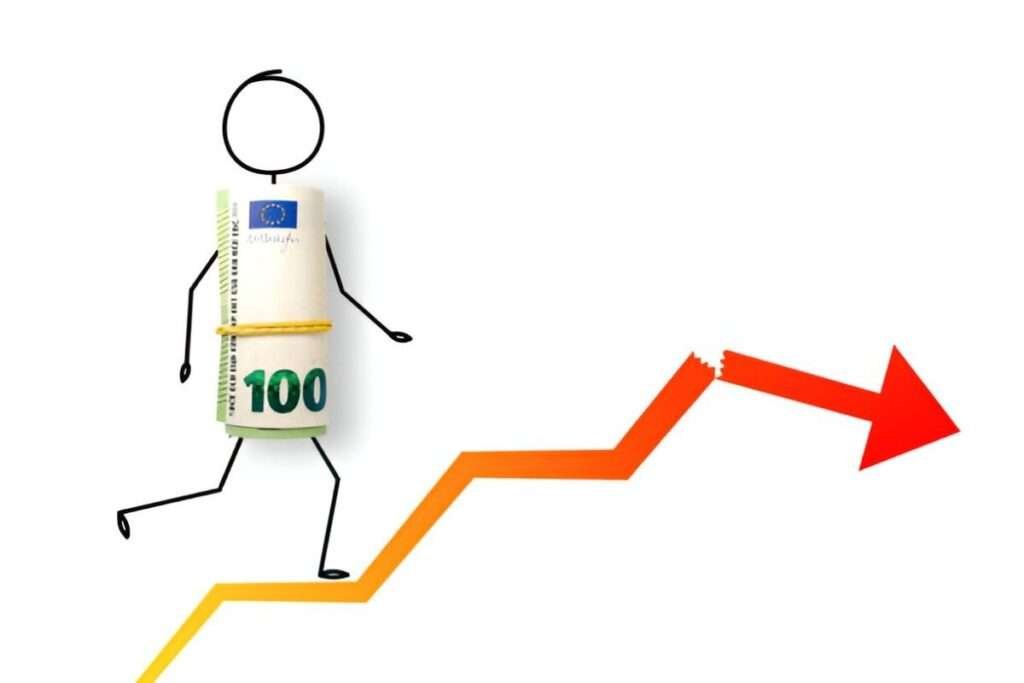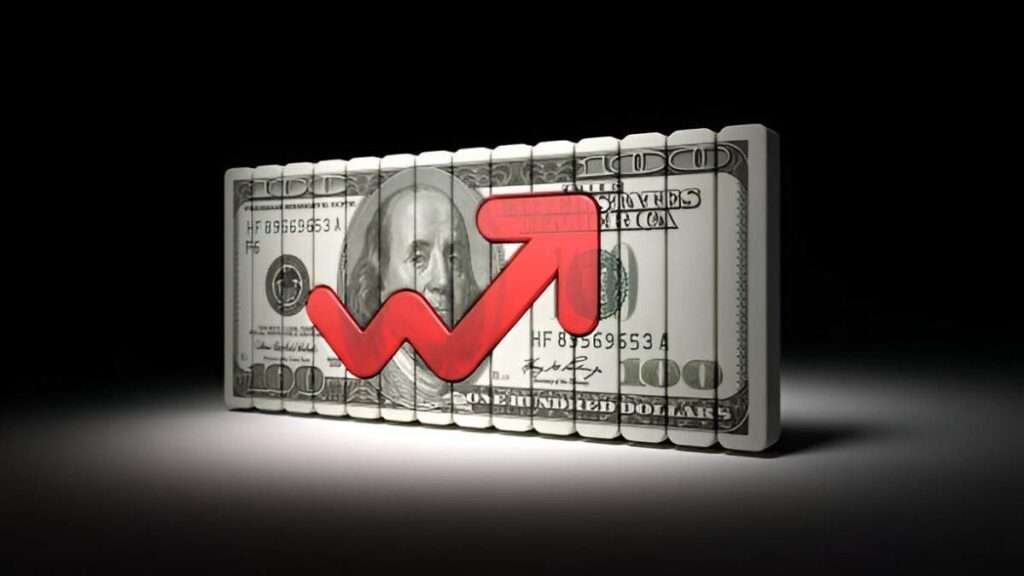Forex trading, or the foreign exchange market, is a dynamic and fast-paced environment that offers tremendous opportunities for profit. One of the key tools used by traders to predict price movements and identify potential entry and exit points is Fibonacci retracement. Among the various Fibonacci levels, the 0.618 retracement stands out as particularly significant. In this article, I will explore the importance of the 0.618 retracement in forex trading, how to use it effectively, and why it holds such value for traders.
Table of Contents
What is Fibonacci Retracement?
Fibonacci retracement is a technical analysis tool based on the Fibonacci sequence, a series of numbers where each number is the sum of the two preceding ones (0, 1, 1, 2, 3, 5, 8, 13, 21, etc.). In forex trading, Fibonacci retracement levels are used to identify potential support and resistance levels by applying key Fibonacci ratios to a significant price movement. These ratios are derived from the Fibonacci sequence, and the key levels traders focus on are 23.6%, 38.2%, 50%, 61.8%, and 100%.
The 0.618 retracement, also known as the 61.8% level, is one of the most closely watched levels by traders. This ratio is derived from dividing a number in the Fibonacci sequence by the number that follows it. For example, dividing 89 by 144 gives approximately 0.618, a number that shows up consistently in nature, architecture, and financial markets.
Why is 0.618 Important in Forex Trading?
The 0.618 retracement level is considered one of the most significant because it often coincides with strong support or resistance levels. Traders rely on this level to make informed decisions about where to enter or exit trades. The 61.8% level is often viewed as the point at which a price retracement might end and the trend might resume.
Research has shown that financial markets exhibit “fractal” behavior, meaning patterns repeat themselves at different scales. The 61.8% retracement level is part of this fractal pattern. In forex, currency pairs tend to follow these retracement patterns, and the 0.618 level is frequently seen as a natural turning point in price movements.
How to Use 0.618 Retracement in Forex Trading
The process of using Fibonacci retracement in forex trading is straightforward, but it requires practice and an understanding of market dynamics. Here’s how I approach it:
- Identify the Trend: Before applying Fibonacci retracement levels, I first identify a clear price trend. This could be an uptrend or a downtrend. The Fibonacci retracement tool is only useful when there’s a well-defined trend.
- Draw the Fibonacci Retracement: I select the Fibonacci retracement tool in my charting software. In an uptrend, I start from the lowest point (the start of the trend) and drag the tool to the highest point (the peak of the trend). In a downtrend, I do the opposite—starting from the highest point and dragging the tool to the lowest point.
- Watch for Price Action at the 0.618 Level: Once the Fibonacci retracement is applied, I closely monitor the price action around the 0.618 level. If the price approaches this level and shows signs of reversal, I may consider entering a trade. These signs include candlestick patterns, momentum indicators, or other technical signals.
- Confirm with Other Indicators: I never rely solely on Fibonacci retracement levels. I use other technical indicators, such as moving averages, MACD, or RSI, to confirm potential buy or sell signals. This helps me reduce the risk of false signals.
- Set Stop Loss and Take Profit: Like any other strategy, it’s important to set proper risk management tools. I place my stop-loss just beyond the 0.618 level, as a break of this level suggests that the price may continue in the opposite direction. My take-profit targets are usually based on the next significant Fibonacci level or a predetermined risk-to-reward ratio.
Example of Using the 0.618 Level
Let me walk you through an example using the EUR/USD currency pair. Suppose the price of EUR/USD has been in an uptrend, and the price moves from 1.1000 to 1.1500. After the price reaches 1.1500, it begins to retrace, and we want to apply Fibonacci retracement to identify potential entry points.
Here’s how I would approach the situation:
- I start at 1.1000 (the low) and drag the Fibonacci tool to 1.1500 (the high).
- The Fibonacci levels are calculated, and the 0.618 retracement level comes in at approximately 1.1200.
- If the price retraces to this level and starts to show bullish reversal patterns (e.g., a candlestick pattern like a hammer or a bullish engulfing), I may consider buying at this level, with a stop-loss just below 1.1200.
Risk Management in Fibonacci Trading
Using Fibonacci retracement levels, especially the 0.618 level, is not without risk. While the 61.8% level is often a reliable zone for reversal, markets are not always predictable. Here’s how I manage risk when using Fibonacci retracement:
- Set Stop-Loss Orders: I always place a stop-loss below the 0.618 level if I’m entering a trade based on a retracement. If the price breaks through this level, it indicates that the trend may be reversing, and I’m better off exiting the position.
- Use Multiple Timeframes: I check the Fibonacci levels on different timeframes to get a clearer picture of the market’s structure. Sometimes, a retracement level may not hold on a lower timeframe but might be more significant on a higher timeframe.
- Risk-to-Reward Ratio: Before entering a trade, I calculate my potential risk-to-reward ratio. Ideally, I want a risk-to-reward ratio of at least 1:2, meaning that for every dollar I risk, I aim to make two dollars in profit.
Common Mistakes to Avoid
While Fibonacci retracement, including the 0.618 level, is a powerful tool, it’s not foolproof. Here are a few mistakes I’ve learned to avoid:
- Overreliance on Fibonacci: It’s easy to get caught up in Fibonacci levels and forget that they are just one part of a broader analysis. I never trade based on Fibonacci alone. I use other technical indicators and analysis methods to support my decisions.
- Ignoring Market Conditions: Fibonacci retracement works best in trending markets. In choppy or sideways markets, retracement levels might not hold, and I’ve found that using Fibonacci in these conditions can lead to false signals.
- Failure to Adjust for Market Sentiment: Even though Fibonacci retracement is a technical tool, market sentiment and news can have a significant impact on price movement. I always take broader market conditions into account when analyzing price action.
The Psychological Aspect of Fibonacci Trading
Trading based on Fibonacci retracement levels, especially the 0.618 level, requires discipline and patience. The 61.8% level often represents a point of indecision in the market. Traders who rely on Fibonacci retracement must be prepared for the psychological challenges of waiting for the price to reach these levels and then acting decisively when it does.
One of the most important aspects of successful trading with Fibonacci is managing expectations. I’ve learned that not every retracement will perfectly align with the 0.618 level, and sometimes the price will move past the level without reversing. It’s essential to maintain a flexible mindset and adapt to the market conditions.
Conclusion
The 0.618 retracement is a powerful tool in the forex trader’s toolkit. Its ability to identify potential reversal points makes it a key level for both short-term and long-term traders. However, it’s important to remember that Fibonacci retracement, including the 61.8% level, should be used in conjunction with other analysis tools and strategies. Proper risk management is essential, as markets can behave unpredictably.
By understanding the significance of the 0.618 retracement and incorporating it into a broader trading strategy, traders can increase their chances of success in the forex market. Whether you’re a novice trader or an experienced one, the Fibonacci retracement tool can help you navigate the complexities of the forex market and make more informed decisions.
Comparison Table: Key Fibonacci Levels
| Fibonacci Level | Percentage | Significance |
|---|---|---|
| 0.236 | 23.6% | First potential support/resistance level |
| 0.382 | 38.2% | Common retracement zone |
| 0.50 | 50% | Psychological level |
| 0.618 | 61.8% | Key retracement level, often seen as a reversal point |
| 1.000 | 100% | Full retracement |
Conclusion
By mastering the 0.618 retracement level, I can improve my forex trading strategy. However, like any tool, it requires practice, patience, and a disciplined approach. When combined with solid risk management and other technical indicators, Fibonacci retracement can significantly enhance my ability to make informed, successful trades in the forex market.





